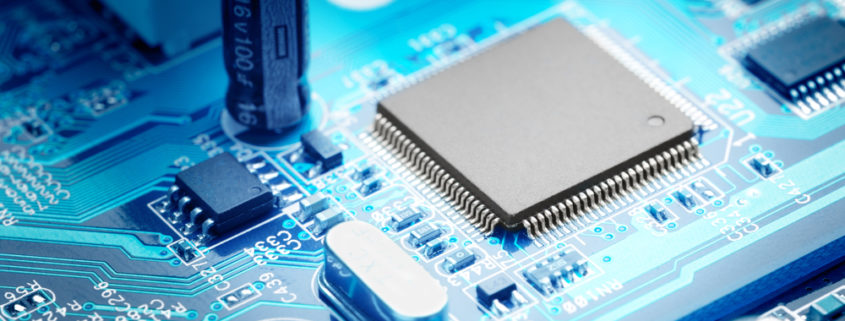ASIC Cards for Gaming: How They Compare to Traditional GPUs
The gaming industry has long been dominated by powerful graphics processing units (GPUs), known for delivering high frame rates, immersive visuals, and smooth performance. However, as computing demands evolve, some gamers and developers are exploring alternative hardware options, including ASIC Cards. Initially designed for specialized tasks like cryptocurrency mining and AI workloads, ASIC Cards are gaining attention for their efficiency and performance potential in gaming applications.
But how do they compare to traditional GPUs? Let’s break down the key differences and use cases.
What Are ASIC Cards?
ASIC stands for Application-Specific Integrated Circuit. Unlike GPUs, which are designed to handle a wide range of graphical tasks, these cards are purpose-built to perform a single type of operation extremely efficiently. This makes them incredibly fast and energy-efficient for targeted functions.
While GPUs are general-purpose powerhouses, capable of supporting everything from 3D rendering to machine learning, ASIC Cards are the sprinters of the hardware world. They are fast, focused, and highly optimized for specific workloads.
In the context of gaming, this means that they can potentially outperform GPUs in limited scenarios, particularly when games or game engines are designed with specific algorithms or predictable rendering tasks. However, their lack of flexibility means they can’t easily adapt to new or changing gaming environments.
ASIC vs. GPU: Which Is Better for Gaming?
When comparing ASIC Cards to traditional GPUs for gaming, several factors come into play:
-
Performance: GPUs still hold the advantage in most gaming scenarios due to their versatility and ability to process complex, real-time graphics. High-end GPUs are specifically designed for gaming performance, supporting features like ray tracing, high-resolution textures, and advanced shading techniques. ASIC Cards may outperform GPUs in specific benchmarks or repetitive tasks, but lack the adaptability required for dynamic, graphics-intensive games.
-
Energy Efficiency: One area where ASIC Cards shine is power consumption. Because they’re tailored to a narrow set of operations, they use significantly less energy than GPUs. This makes them appealing to users who prioritize efficiency, especially in large-scale or mobile gaming setups.
-
Cost and Availability: ASIC Cards can be cost-effective if used for their intended purposes, but they don’t offer the same versatility as GPUs. Once a gaming engine or software evolves, the fixed nature of an ASIC’s design can become a limitation. GPUs, by contrast, receive frequent driver updates and support a wide range of applications and games.
-
Use Cases: Gamers seeking peak performance in AAA titles should still rely on powerful GPUs. However, developers building custom gaming platforms or streaming services may explore ASIC Cards for specific back-end processing tasks.
Final Thoughts | ASIC Cards
While ASIC Cards offer exciting possibilities, they’re not yet a replacement for GPUs in mainstream gaming. Their role is better suited for specialized environments where performance and power optimization take precedence over flexibility.
As a leading microsystems company in California, we’re at the forefront of ASIC innovation. If you’re exploring how ASIC Cards can fit into your gaming or embedded system project, contact our team today.
Linear MicroSystems, Inc. is proud to offer its services worldwide as well as the surrounding areas and cities around our Headquarters in Irvine, CA: Mission Viejo, Laguna Niguel, Huntington Beach, Santa Ana, Fountain Valley, Anaheim, Orange County, Fullerton, and Los Angeles.






